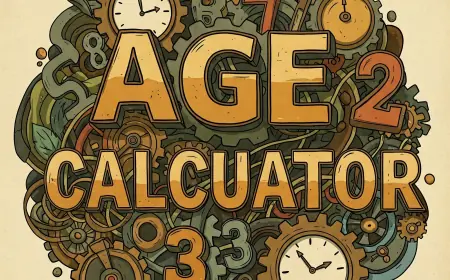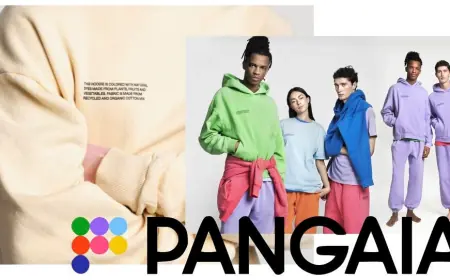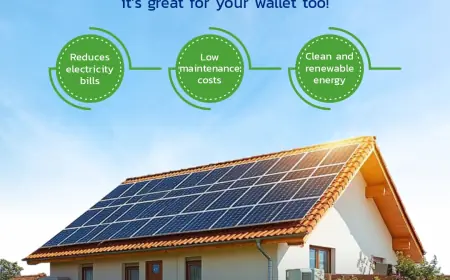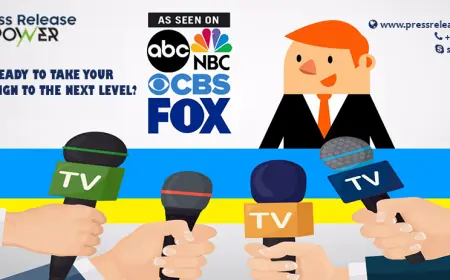How Many Songs Are on an EP? A Comprehensive Guide for Music Enthusiasts

In the ever-changing landscape of the music industry, understanding the different formats used by artists can feel overwhelming. One of the most common and flexible formats is the EP, short for "Extended Play." This format sits comfortably between a single and a full-length album, offering a concise yet impactful listening experience. But one question often arises: how many songs are on an EP? The answer isn’t always straightforward. This guide explores the definition of an EP, its typical structure, and the reasoning behind the number of tracks it contains.
What Is an EP in Music?
The term "EP" originates from the days of vinyl records when it referred to a disc that had more tracks than a single but fewer than a full-length album. Today, the EP has transcended its physical origins to become a key tool in the digital age of music. It is especially popular among emerging artists who want to showcase their talent without the financial or creative burden of producing an entire album. The modern EP is a way for artists to experiment, test the market, or simply share a smaller, cohesive set of tracks with their audience.
How Many Songs Are Typically Found on an EP?
The most common number of songs on an EP ranges from four to six, although this isn’t a strict rule. The Recording Academy (responsible for the Grammys) defines an EP as a release containing at least five tracks and no more than 30 minutes of total playtime. However, platforms like Spotify and Apple Music may classify releases with as few as three songs as an EP if they fall within specific length parameters.
For artists, the number of songs on an EP often depends on the story they want to tell or the message they wish to convey. For example, a concept EP might include only four songs if they each represent a distinct part of a narrative. On the other hand, a genre-focused EP could extend to six tracks to fully explore a particular musical style.
The Flexibility of EP Formats
One of the key attractions of an EP is its flexibility. Unlike albums, which often require a thematic or stylistic unity across 10 to 12 tracks, EPs allow artists to experiment and innovate without the pressure of producing a large body of work. This is particularly valuable for new musicians who may lack the resources to produce a full album but still want to make an impact. EPs can also serve as a teaser for upcoming albums, giving fans a taste of what’s to come. For established artists, EPs offer a way to explore new genres or collaborate with other musicians in a low-pressure environment.
Why Do Artists Choose EPs Over Albums?
The decision to release an EP instead of an album often boils down to three factors: cost, timing, and strategy. Creating a full-length album requires significant investment in studio time, production, and marketing. An EP, by contrast, is more affordable and quicker to produce, making it an ideal choice for independent artists or those looking to maintain momentum between major releases.
From a strategic perspective, an EP can help an artist gauge audience interest in a particular sound or concept. If the EP is well-received, the artist may expand on its themes in a future album. Additionally, the shorter format aligns well with modern listening habits, where audiences often favor bite-sized content over lengthy commitments.
Notable Examples of EPs and Their Tracklists
To better understand how EPs are structured, let’s look at a few notable examples:
- The Beatles – "Long Tall Sally" (1964): This classic EP features four tracks, showcasing the versatility of one of the most influential bands in history.
- Billie Eilish – "Don’t Smile at Me" (2017): With nine tracks, this EP pushes the boundaries of the format while delivering a cohesive listening experience.
- BTS – "Map of the Soul: Persona" (2019): This seven-track EP demonstrates how EPs can be used to explore complex themes within a concise framework.
Each of these examples illustrates the diverse ways artists use the EP format to connect with their audiences and showcase their artistry.
How Streaming Has Changed the Definition of an EP
In the digital age, the lines between singles, EPs, and albums have blurred. Streaming platforms prioritize content quantity and engagement, encouraging artists to release music frequently. This has led to shorter albums and longer EPs, making the traditional definitions less rigid. Some releases now include three or four songs but are marketed as albums, while others with six or seven tracks may still be labeled as EPs.
Despite these shifts, the essence of an EP remains the same: a concise, impactful collection of songs that offers a snapshot of an artist’s vision. For listeners, the EP represents an accessible way to discover new music without the time commitment of a full album.
Conclusion:
Understanding the number of songs on an EP offers insight into its role in the music world. While the typical range is four to six tracks, the flexibility of the format allows artists to adapt it to their needs and creative goals. Whether it’s a debut release, a thematic exploration, or a bridge between albums, the EP remains a vital and evolving medium. What’s your favorite EP, and how do you think it shaped the artist’s career? Let us know in the comments below!
Related Articles:
For further reading, explore these related articles:
For additional resources on music marketing and distribution, visit Deliver My Tune.
What's Your Reaction?
 Like
0
Like
0
 Dislike
0
Dislike
0
 Love
0
Love
0
 Funny
0
Funny
0
 Angry
0
Angry
0
 Sad
0
Sad
0
 Wow
0
Wow
0


















































